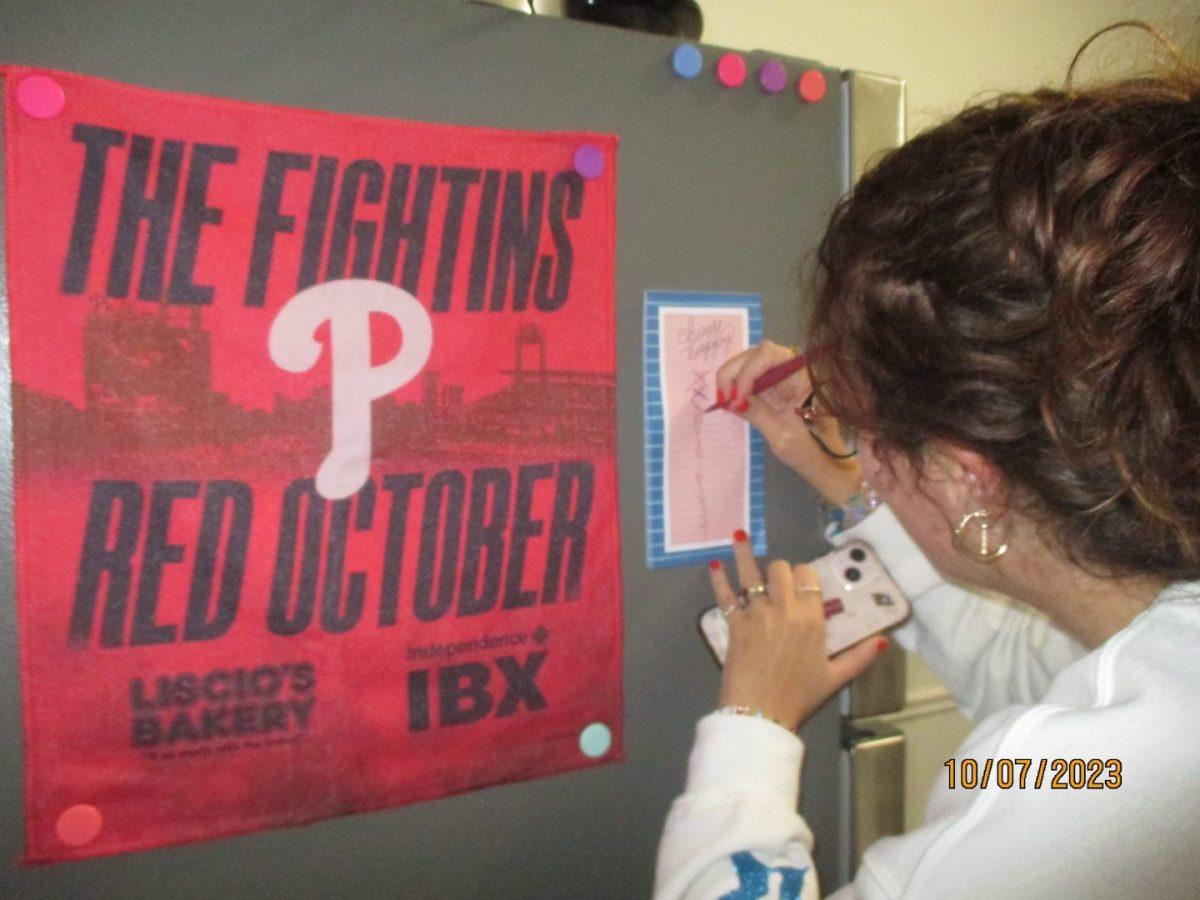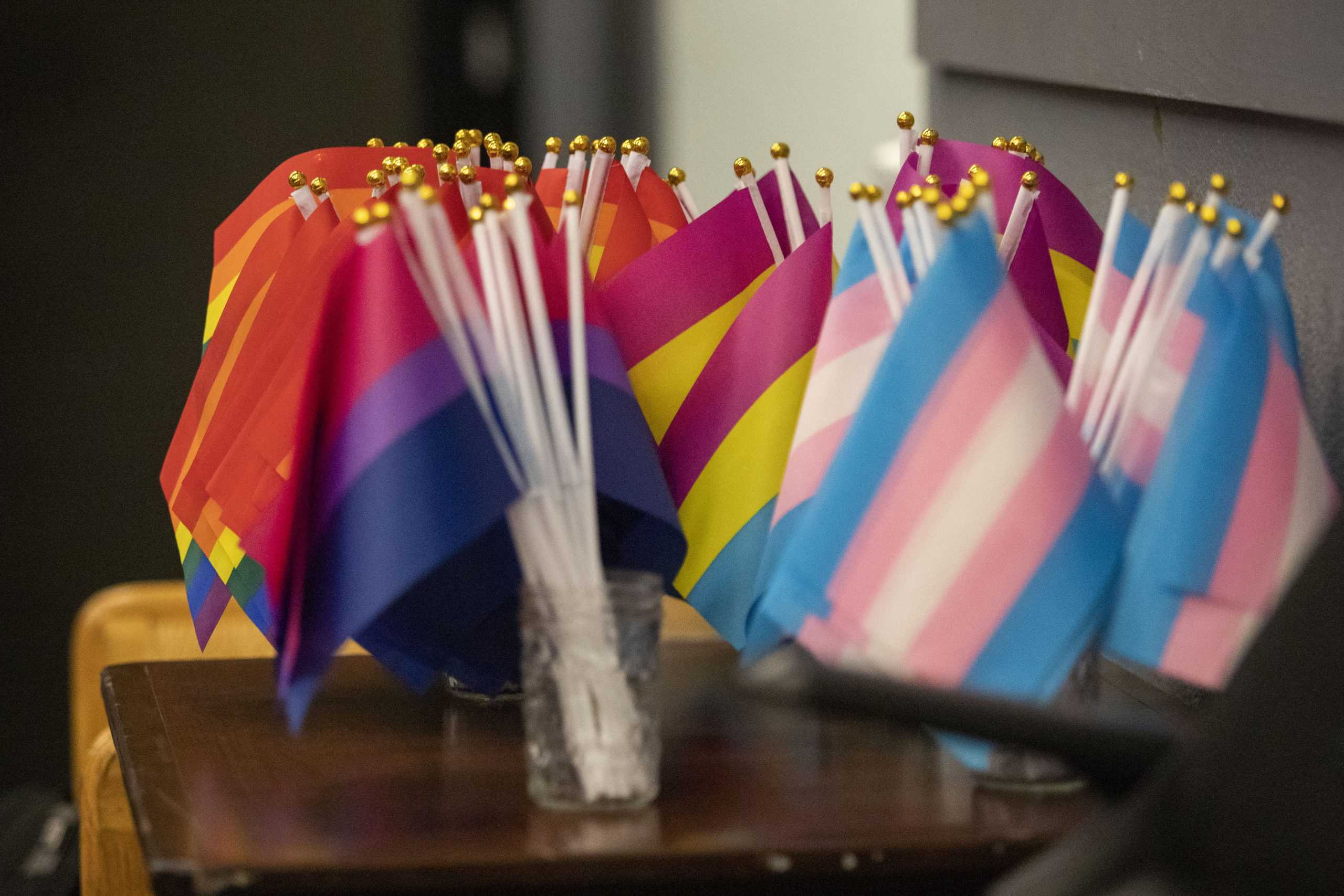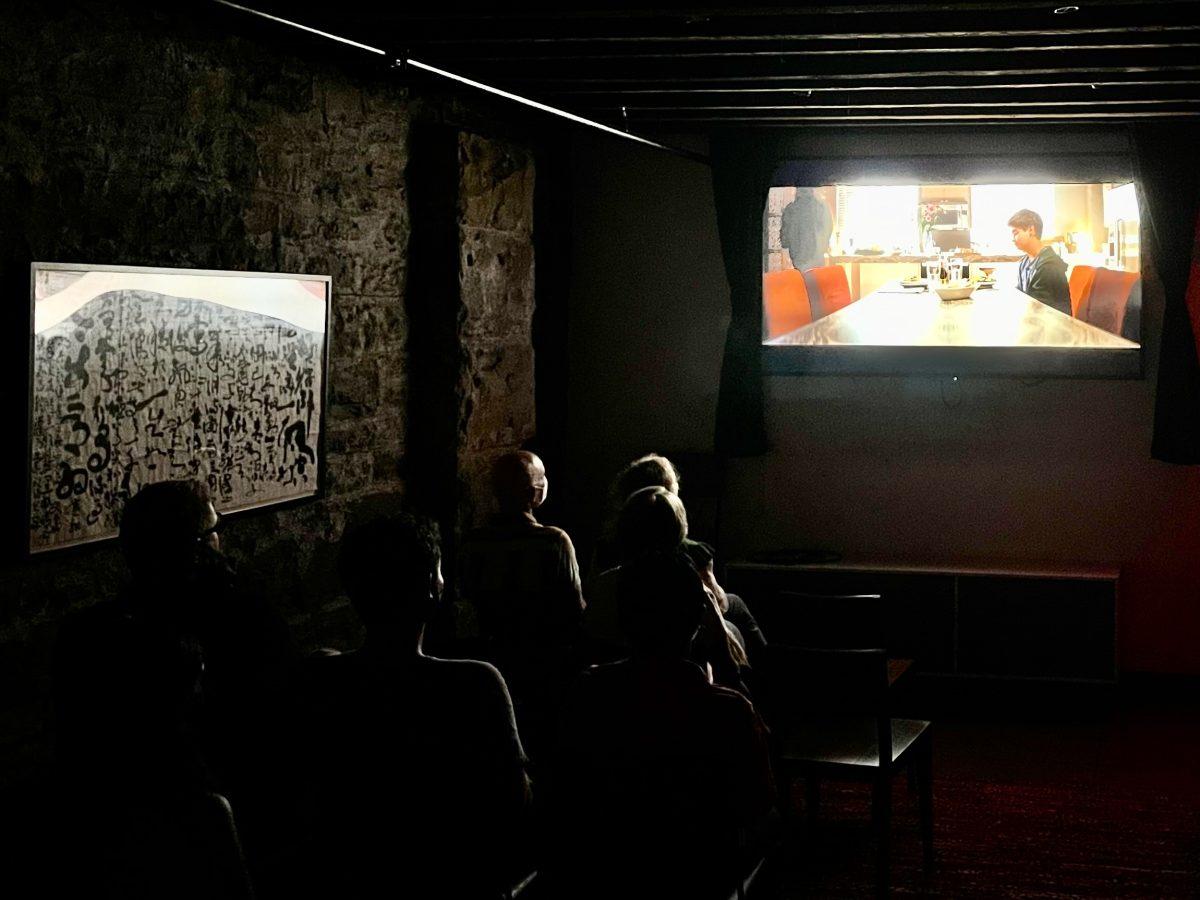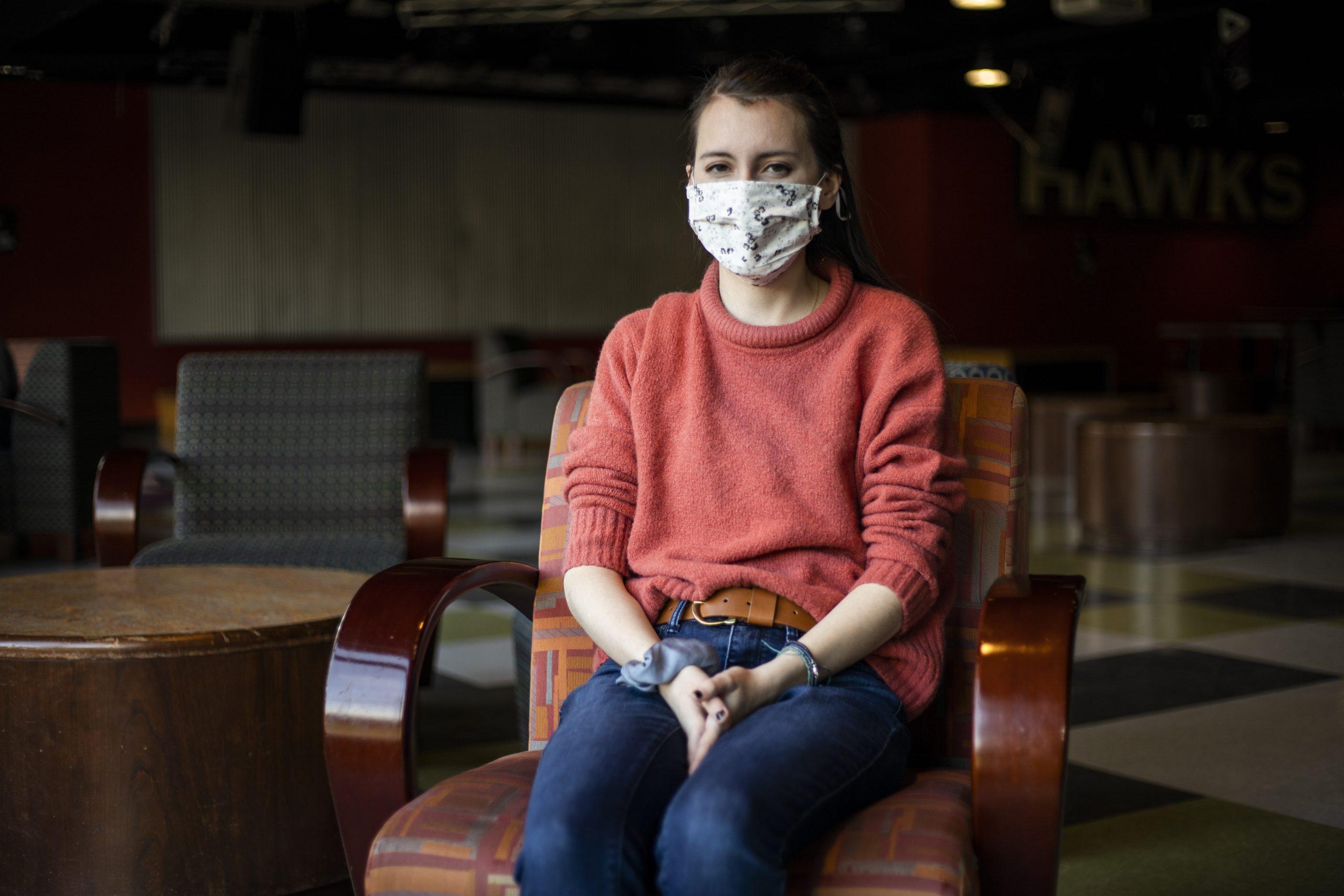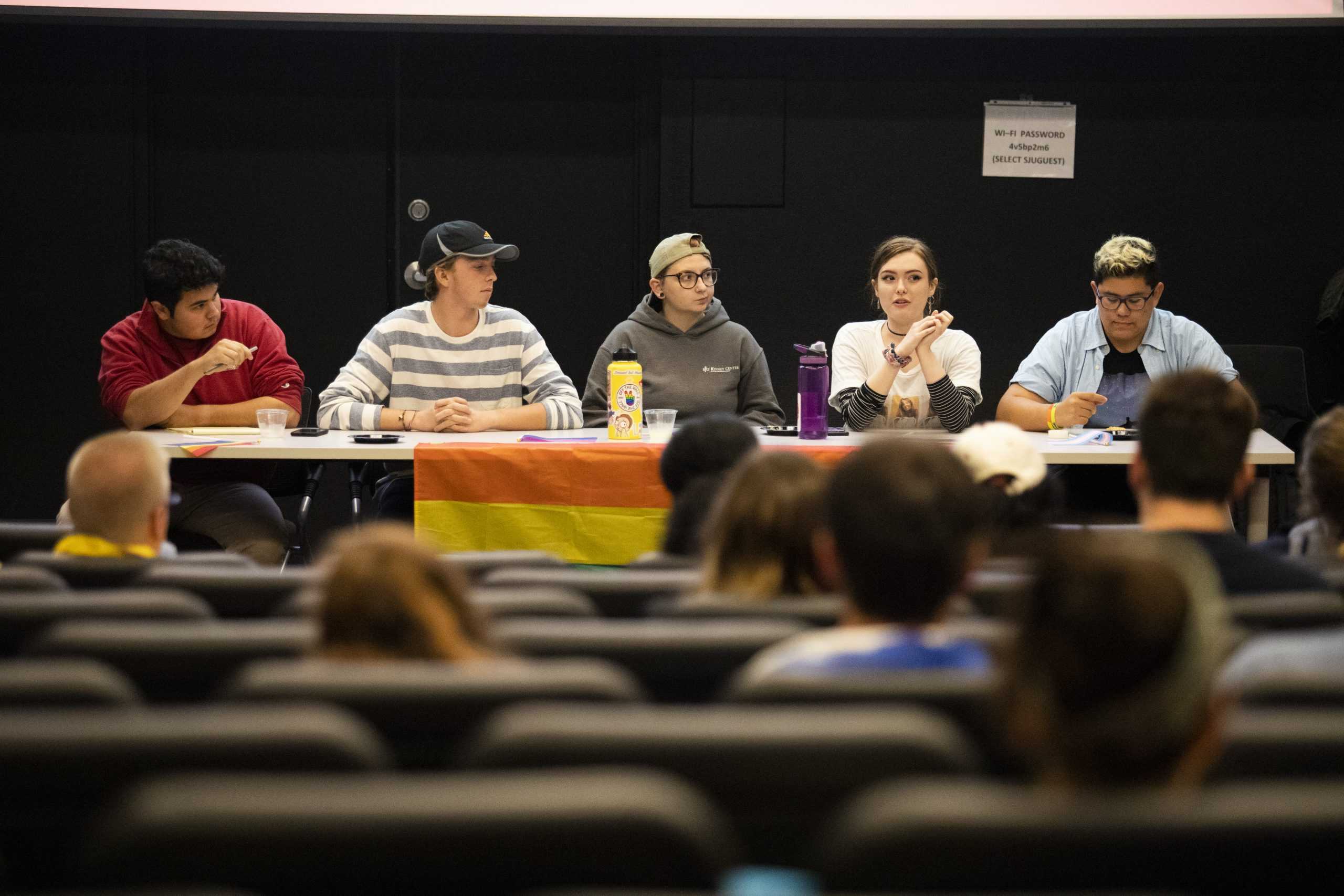The 51st annual Pride Month was commemorated amidst the coronavirus pandemic and a national and international uprising against anti-Black racism and police brutality sparked by the killing of George Floyd. The origins of Pride Month, a celebration of LGBTQIA+ rights, can be traced back to the June 1969 Stonewall Uprising in New York City.
Kelsey Welsh ’22, said these two coinciding rights movements provide an opportunity to discuss anti-Black racism in the LGBT community. Welsh said the important roles of Black activists in the then-LGBT community have been excluded from the larger Pride movement.
“A Black trans woman was at the very front of that movement. She was known in my whole community, and yet her name [was] just kind of got forgotten,” Welsh said. “It definitely feels [like] the LGBT movement, and Pride in general, has always had a really big problem with intersectionality.”
The Black transgender woman “at the front” was Marsha P. Johnson, a prominent figure in the Stonewall Uprising which began as a series of demonstrations led by transgender women of color after a police raid on the Stonewall Inn, a gay club in Greenwich Village in Manhattan. The Stonewall Uprising gave forward momentum to the fight for LGBT rights. Five decades later, Black trans women are still prominent in the struggle against racism, homophobia and transphobia.
“Black queer people have always been at the front of a lot of these movements that we’re seeing,” Welsh said. “My experience as a Black woman is always going to be shaped by the fact that I am also bisexual, and vice versa.”
Eternity Philops, owner of Soul Liberation Wellness, a wellness business that offers a safe space for the Black LGBT community to heal and practice self-care, wrote that the mainstream, or white, LGBT community “often forget, or perhaps choose to ignore, that the Stonewall Riots began with queer [people of color] and trans women of color.”
“The civil rights that many white LGBTQ folks enjoy now came on the backs of [queer and trans people of color (QTPOC)], and yet QTPOC continue to be racially marginalized in LGBTQ spaces,” Philops wrote in an email to The Hawk. “This shows just how pervasive racism and white privilege is among the white LGBTQ.”
Earl D. Fowlkes, president of the Center for Black Equity, a multinational organization that aims to provide support and resources for people who identify as Black and LGBT, said he personally experienced racism from Philadelphia’s white LGBT community.
“Until recently many of the bars did not welcome Black and Brown people in the gay bars,” Fowlkes said. “I remember having to show two IDs to get into bars, so I got a passport, not to travel around the world, but to be able to have a driver’s license and a passport to get into some of the bars that would have barred me from getting in [without them].”
Fowlkes said resistance to diversity and inclusion in the LGBT movement forces individuals with diverse intersecting identities to create safe spaces of their own.
“Sometimes people get tired of fighting for diversity within the existing power structure,” Fowlkes said. “Philadelphia Pride does not always provide a safe space for Black queer people to be authentically who they are. [At Philadelphia’s Black Pride] they don’t have to pretend they’re less gay or pretend they’re less Black, but they can embrace both cultural parts of who they are.”
The National Coalition of Anti-Violence Program’s annual report indicates that over 70% of hate-crime victims targeted for their sexual orientation and gender identity and expression were people of color. According to the report, trans people of color are also almost 2.5 times more likely to experience discrimination than their white counterparts.
Fowlkes said identifying as Black and part of the LGBT community is a “double whammy” of marginalization.
“In many cases, we’re dealing with racism in the white gay community,” Fowlkes said. “And we’re dealing with homophobia, transphobia in the Black community.”
Discussions of racial and LGBT equality often treat the two struggles as separate entities, ignoring the experiences of LGBT people of color, wrote Imani Briscoe ’17, experiential programmer for the Center for Inclusion and Diversity, in an email to The Hawk.
“This constant separation causes real harm to LGBTQIA+ people of color as they are often times disproportionately targeted by acts of discrimination and further marginalized in their needs due to the layered exposure to anti-gay and/or anti-transgender policies and institutionalized racial discrimination that is woven into the very fabric of society,” Briscoe wrote.
Nicole R. Stokes, Ph.D., associate provost for diversity, equity & inclusion, said having a space to discuss the intersectionality between gender, sexual orientation, race and other diverse identities is essential to creating an inclusive campus.
“They may not feel any marginalization in just one of those domains, it might be that crescendo or that bringing together all of those parts of their identity, where they’re feeling a sense of not belonging,” Stokes said. “I do think it’s really important for a majority of members of our community to really understand that it’s not so one dimensional.”
Welsh said she encourages others to start having this conversation “among your own circles” to combat homophobia.
“The simple act of just kind of reaching out to queer people in our life and just asking them directly, ‘How can I better support you in the community?’” Welsh said. “It’s very simple, but a lot of people overlook that really small acts can go a really long way.”
































